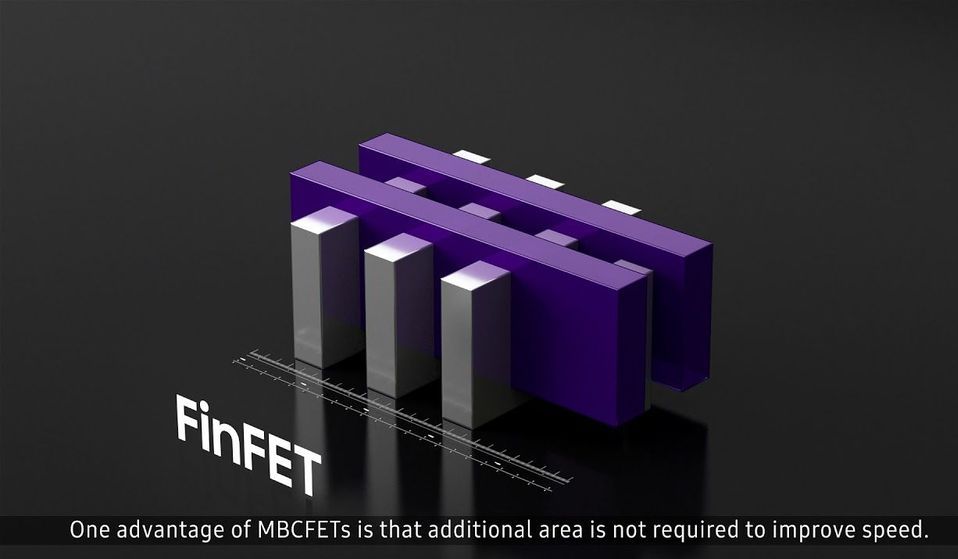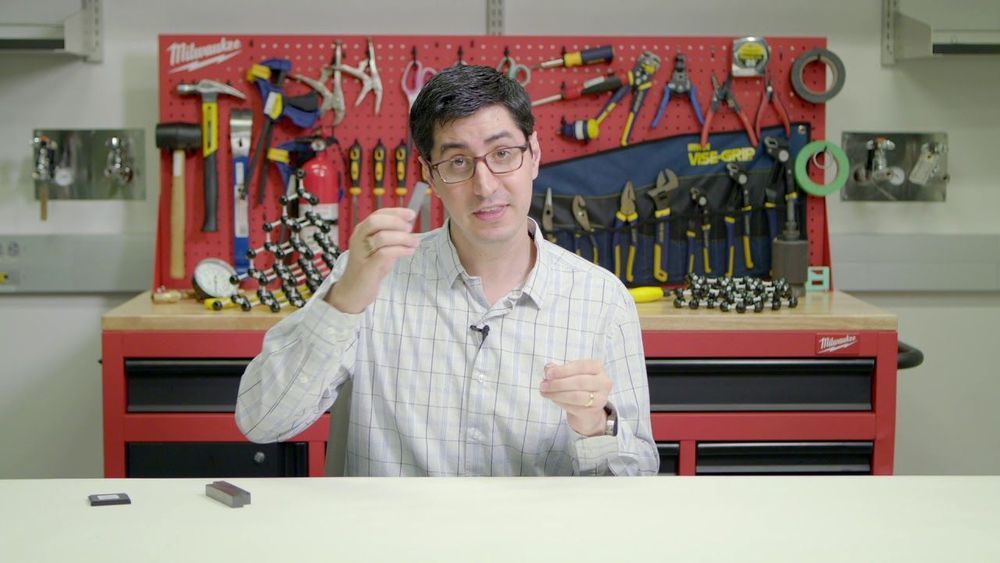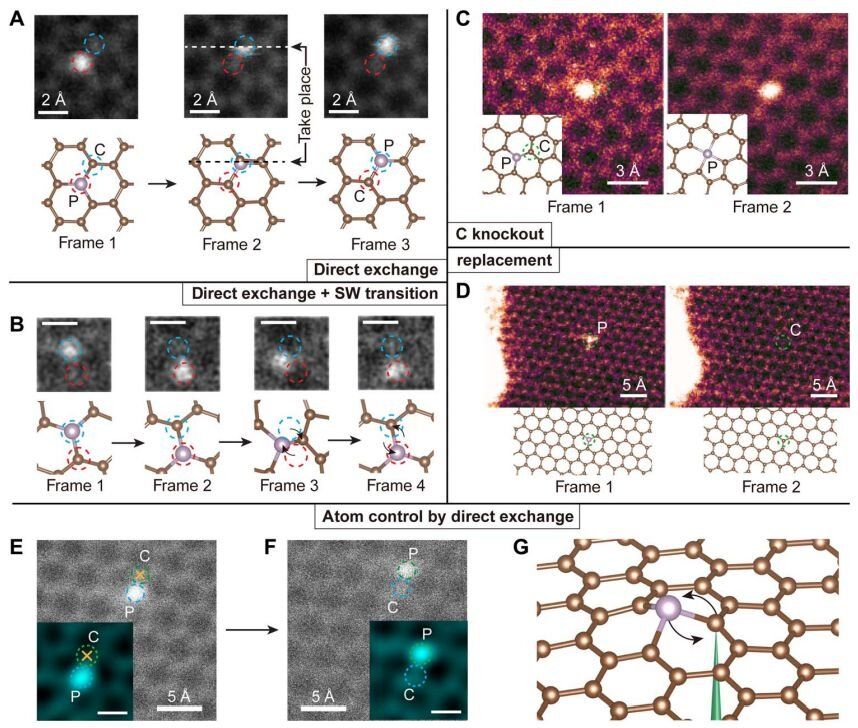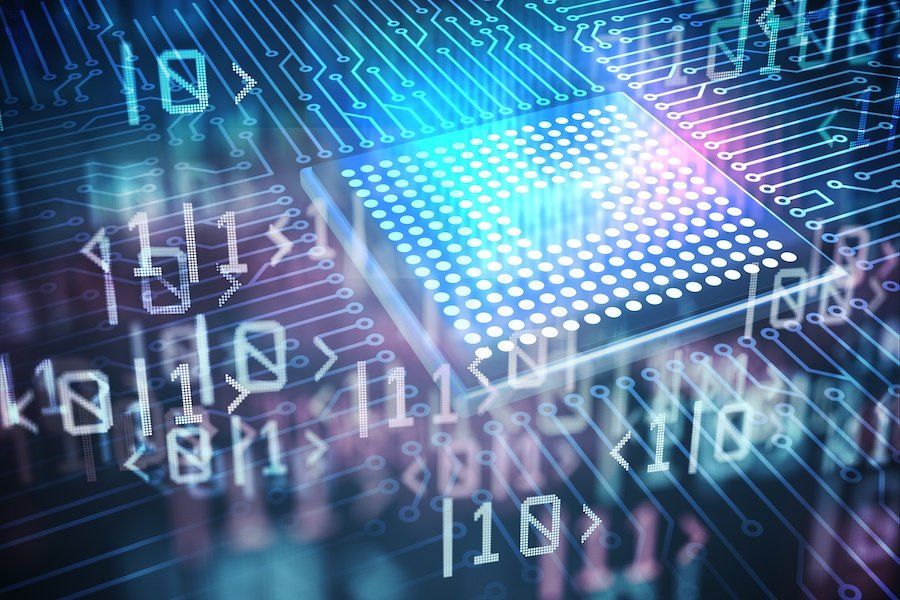May 18, 2019
Samsung at foundry event talks about 3nm, MBCFET developments
Posted by Klaus Baldauf in category: computing
“The nanometer process deals with the space between the transistors mounted on a substrate at a nanometer level,” said Pulse.
“The narrower the distance, the more chips can be squeezed in to boost computing power and energy efficiency. One nanometer corresponds to one ten-thousandth the diameter of a human hair.”
Continue reading “Samsung at foundry event talks about 3nm, MBCFET developments” »


















